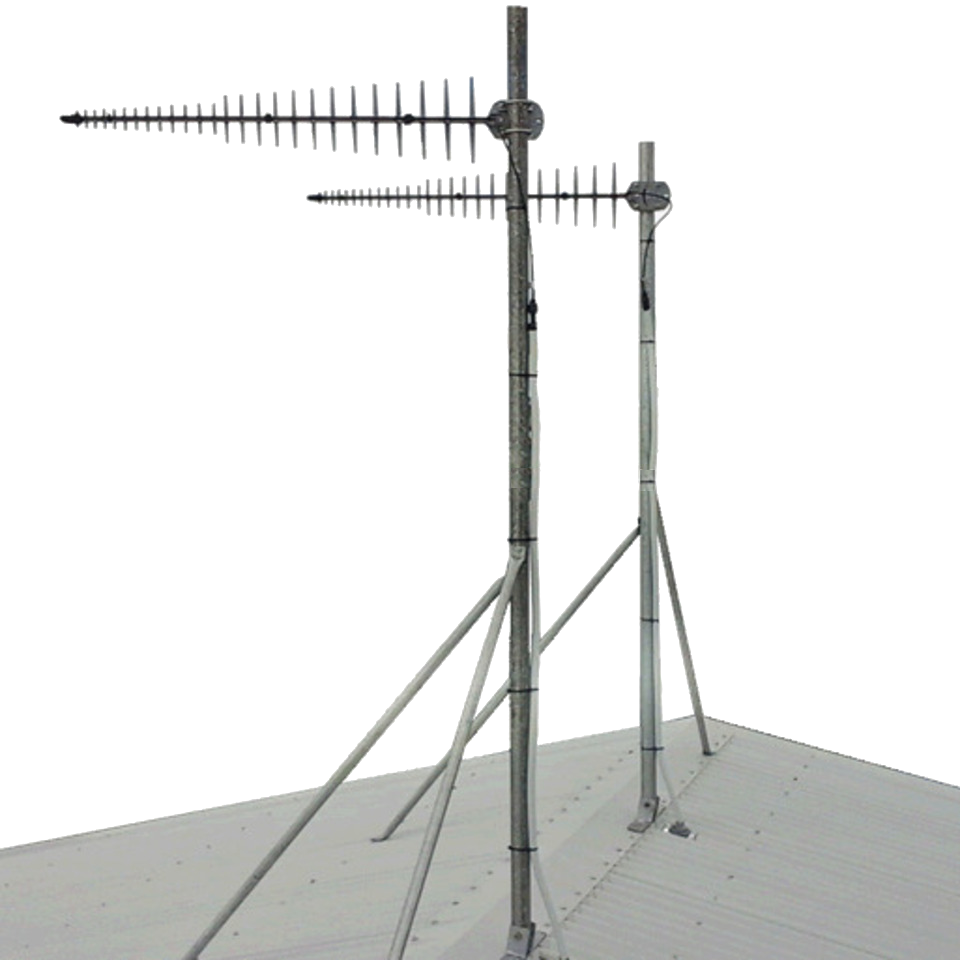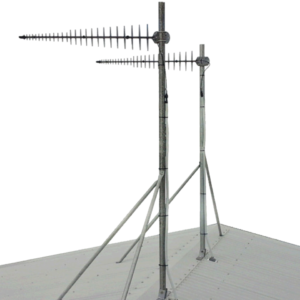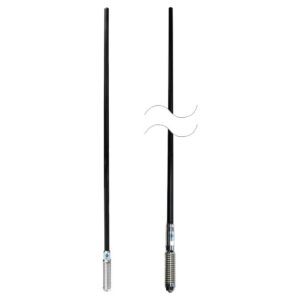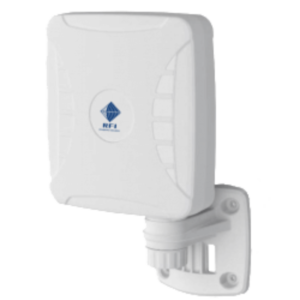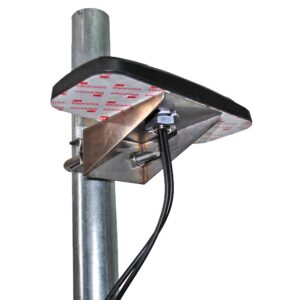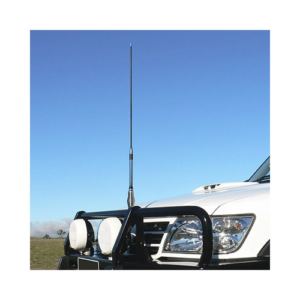Key Features
Solid construction for maximum performance and reliability
Integrated bracket for poles 25-60mm
Your choice of cable length and connector (SMA or N-type)
Wide spectrum design, suits all current and planned cellular networks (including 700MHz LTE).
Additional Information
The true brilliance of this engineering masterpiece is its extremely wideband design – operating on two extremely wide bands 694-1000MHz and 1500-3000MHz. Coupled with its robust durable construction, this log periodic dipole array (LPDA) antenna will stand up to the challenge of the ever-changing network of frequencies for years to come.
Usage
With the Telstra 4G network expanding to cover 60% of Australia’s population in 2013 this is an antenna you can buy with the reassurance of future compatibility. Take full advantage of the blistering fast speed the Telstra 4G network offers. If you’re outside the official 4G ‘coverage zone’ or your modem keeps switching back over to Next-G, this antenna will help you lock on, or increase the signal strength and speed of your 4G connection.
Better for hilly areas
Lower gain Yagi antennas are ideal for areas where hills are very close to your location (within about 2km). Hills create a multipath environment – transmissions that bounce off trees or terrain at an acute angle cause signal echos. Having travelled a further distance than a straight line transmission these signals are delayed, and to a simple receiver would be nothing more than interference. However, thanks to clever technology used in cellular communications, multipath signals can recovered by your modem’s RAKE combiner (or with cyclic prefix for OFDMA based systems). A RAKE receiver consists of a series of sub-radios which read the incoming signal at different delay periods (typically one chip in WCDMA) and then combined to result in a higher quality signal. This antenna rests at ground potential, providing improved lightning protection and reduced precipitation static noise.
Termination is via your choice of an ‘N’ female coaxial connector fitted to a short LMR195 cable tail, or SMA male connector fitted to a 10 metre low loss LMR195 cable. We recommend the use of LMR400 grade cable when using this antenna on 4G due to it’s high frequency.
Specifications / Frequency
| Network Compatibility | Yes/No | Gain |
| Telstra 4GX (700MHz) | √ | 10dBi |
| Optus 4G+ (700MHz) | √ | 10dBi |
| Telstra Next-G™ (850MHz) | √ | 11dBi |
| Vodafone 4G+ (850MHz)* *Please check Vodafone Coverage Map | √ | 11dBi |
| Optus Regional 3G (900MHz)* *Please check Optus Coverage Map | √ | 11dBi |
| Vodafone Regional 3G (900MHz)* *Please check Vodafone Coverage Map | √ | 11dBi |
| 915MHz ISM Band | √ | 11dBi |
| Telstra/Optus/Voda 4G (1800MHz) | √ | 11dBi |
| √ | ||
| Optus 4G/Vivid Wireless (2300MHz) | √ | 11dBi |
| 802.11 b/g/n/ac WiFi (2400MHz) | √ | 11dBi |
| LTE Bands 1 – 10, 12 – 20, 23 – 41 | √ | 11dBi |
| Future 5G Bands (3.GHZ) | √ | 2.3dB |
Electrical Specifications
- Frequency Range: 694-1000MHz/ 1710-3800MHz / 3400-3800MHz
- Input Impedance: 50Ω
- VSWR: <1.5:1 across 95% of the Bandwidth
- Vertical Beamwidth: 50° (± 5°)
- Horizontal Beamwidth: 55° (± 5°)
- Front to Back Ratio: 20 dB (± 3 dB)
- Radiation: Directional
- Maximum Power: 10Watts
Mechanical/Environmental Specifications
- Construction: Anodised die-cast Alumnium
- Cable: 500mm LMR195 or 10m LMR195
- Connector: N-Type Female or SMA Male
- Wind Rating: 160km/hr
- Temperature: -20°C +70°C
- Weight: 1.24kg
- Dimensions: 1100mm (l) 180mm (h) 60mm (w)
Connection
- You can choose between a 10m cable that terminates with an SMA Male connector, or a short 50cm lead with an N Female connector
- If 10m of cable is enough you can use the appropriate patch lead (make sure it has a SMA Female connector) to connect to your modem
- If you need to use more cable, or are using it on 4G, you’ll need to select the N Female connector option so you can attach a super low loss cable (which have N Male connectors).

